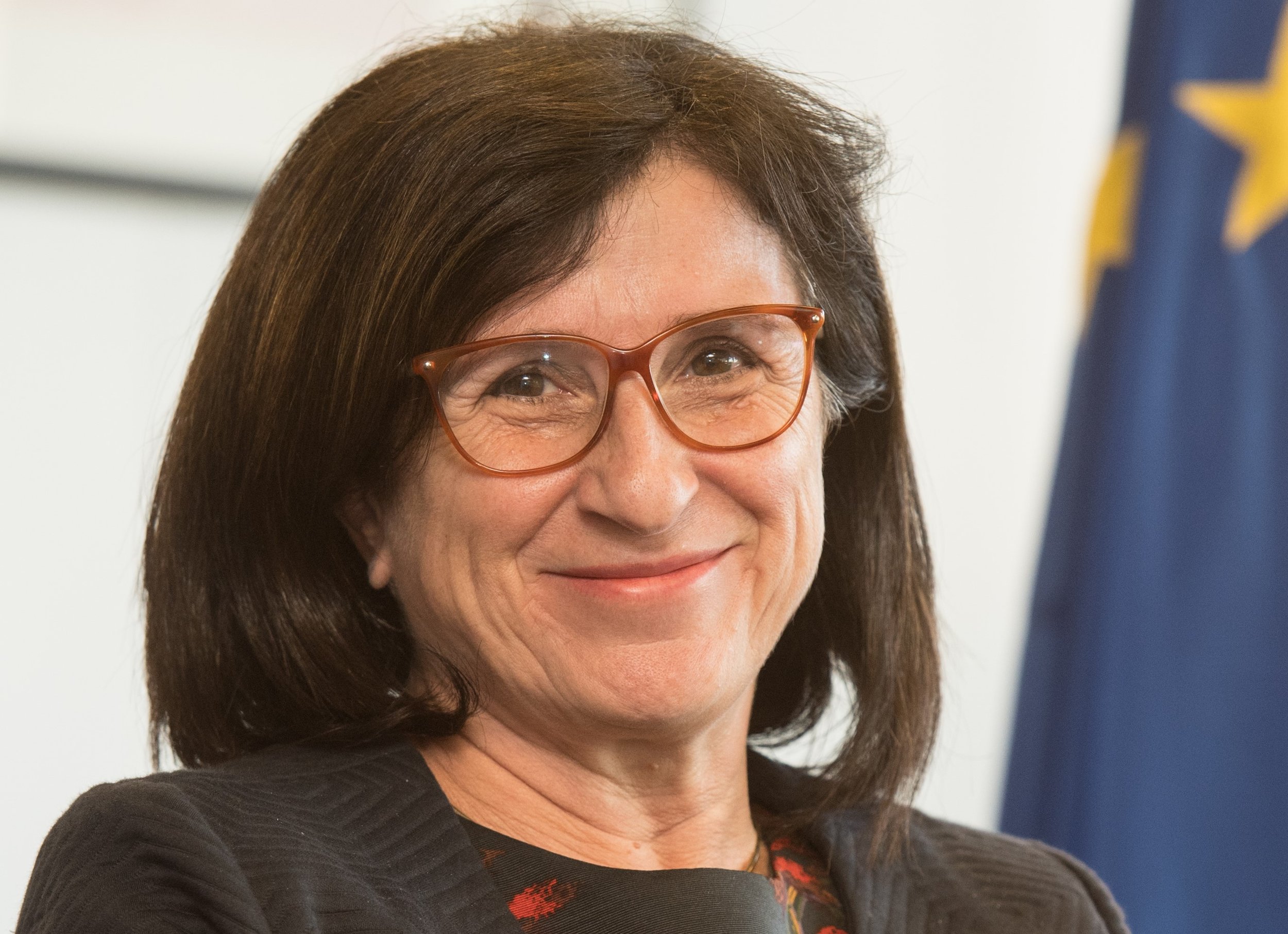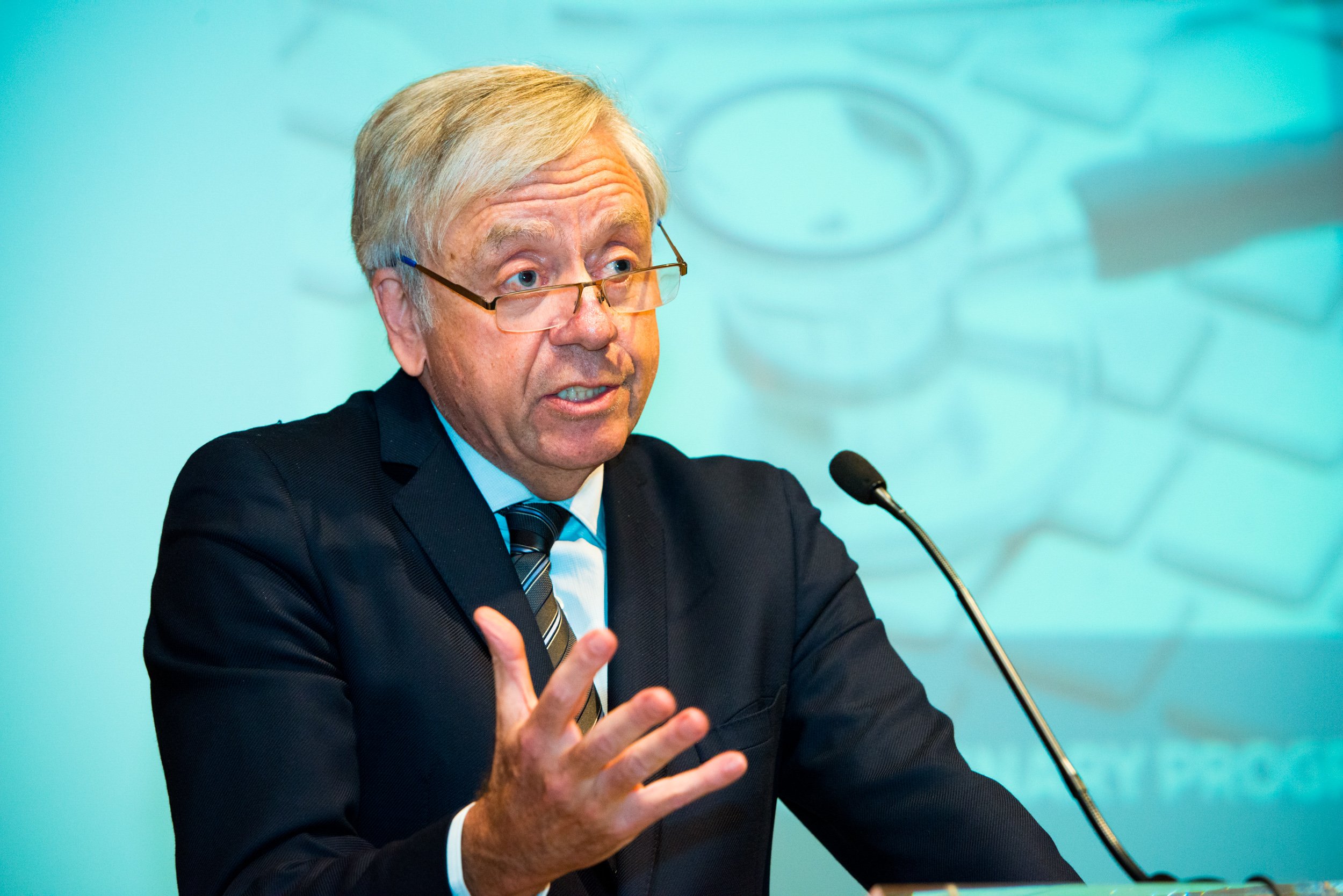Bridging science and global health to overcome the pandemic: A mission for HERA?
Published on February 16th , 2022
Dr Anne Bucher, Visiting Fellow at Bruegel, former Director-General in the European Commission
Prof. Michel Kazatchkine, Special Advisor to the World Health Organization Regional Office for Europe (WHO/Europe)
Prof. Michel Goldman, Institute for Interdisciplinary Innovation in healthcare (I3h)
The unprecedented feat of developing efficient and safe COVID-19 vaccines in less than a year was possible because of an unparalleled collaborative endeavor involving academia, biotech companies, and the global pharmaceutical industry, supported by public funds. The research and development for innovative vaccines originally took place in Germany, the United Kingdom, and the United States. However, it was rapidly recognized that we will not overcome the pandemic until the entire world is protected, as expressed by the statement, “no one will be safe until everyone is safe”. Unfortunately, despite repeated commitments by political leaders and non-governmental organizations, the COVAX program, set up to ensure fair access to COVID-19 vaccines, fell short of its ambitious objectives.
In the long term, the principle of solidarity in the accessibility of vaccines, therapeutics, diagnostics, and essential medical supplies should drive the global reform of pandemic prevention, preparedness, and response protocols. The EU could play a leading role in this process, through the recently established European Health Emergency Preparedness and Response Authority (HERA).
Commentary
Dr Anne Bucher, Visiting Fellow at Bruegel, former Director-General in the European Commission
Prof. Michel Kazatchkine, Special Advisor to the World Health Organization Regional Office for Europe (WHO/Europe)
Prof. Michel Goldman, Institute for Interdisciplinary Innovation in healthcare (I3h)
Bridging Science and Global Health to Overcome the Pandemic: A Mission for HERA*?
The unprecedented feat of developing efficient and safe COVID-19 vaccines in less than a year was possible because of an unparalleled collaborative endeavor involving academia, biotech companies, and the global pharmaceutical industry, supported by public funds. The research and development for innovative vaccines originally took place in Germany, the United Kingdom, and the United States. However, it was rapidly recognized that we will not overcome the pandemic until the entire world is protected, as expressed by the statement, “no one will be safe until everyone is safe”. Unfortunately, despite repeated commitments by political leaders and non-governmental organizations, the COVAX program, set up to ensure fair access to COVID-19 vaccines, fell short of its ambitious objectives.
COVAX was established in April 2020 as the vaccines pillar of the Access to COVID-19 Tools Accelerator (ACT-A)—a global collaboration designed to bring together governmental and non-governmental organizations, philanthropies, and private businesses to accelerate equitable access to diagnostics, therapeutics, and vaccines. Co-led by the Coalition for Epidemic Preparedness Innovations, the Vaccine Alliance, the World Health Organization (WHO) and UNICEF, COVAX initially set the ambitious goal of vaccinating at least 20% of the population in every country, to immunize healthcare workers and those at highest risk of developing severe disease. There is still a long way to go: only 7% of the populations in low-income countries have been vaccinated, compared to 75% in high-income countries. This inequity is linked, first and foremost, to unequal vaccine distribution and access. As we reach 9 billion shots administered worldwide, the least wealthy countries, which represent more than 20% of the world’s population, have received less than 6% of the vaccines produced. As soon as vaccines became available, wealthy countries ordered the majority of the available doses for domestic purposes, leaving COVAX with extremely limited purchasing opportunities. Furthermore, COVAX could not benefit from an early agreement with the Serum Institute of India, which was to supply up to 1 billion shots, because these doses were preempted by the Indian government to combat the Delta variant surge. Over recent months, the situation significantly improved, as high-income countries began donating excess doses, and vaccines produced by Chinese and Indian manufacturers were authorized by the WHO for emergency use.
However, adequate supply is not sufficient to ensure vaccine equity. Efficient delivery and distribution remain important challenges. Vaccine hesitancy is also a major hurdle in many low-income countries because they realize that donated vaccines are often those infrequently used in wealthy countries due to their lower efficacy. This is certainly the case for the adenoviral vector-based vaccine developed at the University of Oxford and manufactured by AstraZeneca and the Serum Institute of India. With the emergence of the Omicron variant, the future of this vaccine—a significant part of the COVAX portfolio—is questionable.
Strategies applied in wealthy countries to fight the Omicron variant will certainly have a negative impact on the COVAX program. For example, although the precise efficacy of the various established vaccines at preventing severe disease still needs to be specified, mRNA vaccines appear superior to other available vaccines. For this reason, mRNA vaccines were the only ones chosen as boosters to elicit protective levels of anti-Omicron antibodies. Undoubtedly, the increasing demand for mRNA vaccines in high-income countries will further increase inequitable access to efficient vaccines.
In wealthy countries, anti-viral monoclonal antibodies are also part of the anti-COVID-19 armamentarium. When administered early after infection, they are very efficient at preventing development of severe disease in vulnerable individuals. These treatments were essentially inaccessible in low-income countries. This issue did not attract much attention and is no longer considered a concern because most monoclonal antibody treatments are ineffective against the Omicron variant. Other anti-viral medicines will appear soon and should be affordable by low- and middle-income countries. Indeed, PaxlovidR, developed by Pfizer, should provide an at-home treatment that reduces illness severity and the need for hospitalization. The manufacturer is committed to ensuring equitable access to PaxlovidR, both through a tier-pricing policy and by offering contract manufacturing options. However, PaxlovidR is unlikely to be a game changer in the short-term and its real-world effectiveness against current and new variants must still be established.
Although vaccine donations have accelerated over recent months, we must still revisit the overall distribution strategy, to ensure that COVID-19 vaccines and therapeutics become common goods for the world. As clearly stated in the report of the Independent Panel for Pandemic Preparedness and Response (IPPR), a coherent, strategic, inclusive, and fully funded framework should be established. The existing ACT-A could serve as the starting platform, provided that significant changes to its modus operandi are implemented. Access to vaccines and therapeutics should clearly be considered together, as treatments given pre-exposure or immediately after infection will become part of prevention strategies. The objectives of the ACT-A platform must go well beyond the donation of vaccines and medicines. A key lesson of the COVID-19 pandemic has been that concentration of manufacturing capacities in high-income countries significantly contributes to inequitable vaccine access. As recommended by the IPPR report, manufacturing capacities should be established in low-income countries, using innovative financing models including regional development banks. Manufacturing should rely on technology transfer agreements that consider not only the intellectual property, but also the sharing of scientific and technical expertise and staff-training procedures, which are essential for producing complex biopharmaceuticals like mRNA vaccines.
Overall, the current model, dominated by high-income-countries, should be replaced by a globally inclusive approach that translates technological advances into globally available vaccines and treatments. In the short-term, as an absolute priority, this goal necessitates a stronger commitment to the WHO target of vaccinating 70% of the global population by mid-2022. According to the International Monetary Fund, this is feasible and would cost the world roughly $50 billion. Compared to the cost of a new wave in terms of mortality, morbidity, and economic losses—and given the risk of new variants, which is counted in trillions—this is quite inexpensive. There are several key steps that the European Union (EU) could take in this respect. First, the EU should speed up vaccine donations and help fill funding gaps in the various pillars of ACT-A. It is also the EU’s duty to ensure that boosters and children’s vaccinations in high-income countries do not deprive low-income countries of high-quality vaccines. Additionally, the EU Commission should facilitate conversations between major producers and buyers, to optimize production and fairer distribution of vaccines. The EU should promote this discussion at the G20 level and encourage participation of global actors like, the WHO, World Trade organization, ACT-A members, and regional platforms such as the African Vaccine Acquisition Trust, to reestablish the roles of each of these organizations.
In the long term, the principle of solidarity in the accessibility of vaccines, therapeutics, diagnostics, and essential medical supplies should drive the global reform of pandemic prevention, preparedness, and response protocols. This requires the transformation of current ACT-A partnerships into a permanent, inclusive, adequately funded structure. This transformation does not necessitate a new organization, but will require the networking of actors beyond ACT-A’s current partners. The EU could play a leading role in this process, through the recently established European Health Emergency Preparedness and Response Authority (HERA), building on the previous successful collaboration between the EU Commission and the European Federation of Pharmaceutical Industries and Associations in the context of the Innovative Medicines Initiative. Provided that HERA’s budget is adapted to fit its mission, this organization could be instrumental in implementing the principle of global solidarity necessary to end the pandemic.
*HERA, the European Health Emergency preparedness and Response Authority




